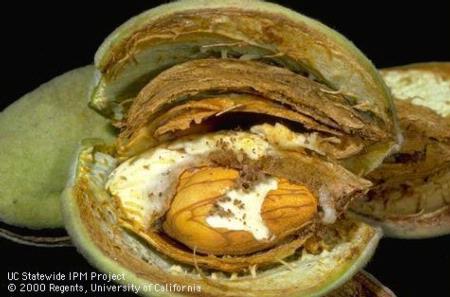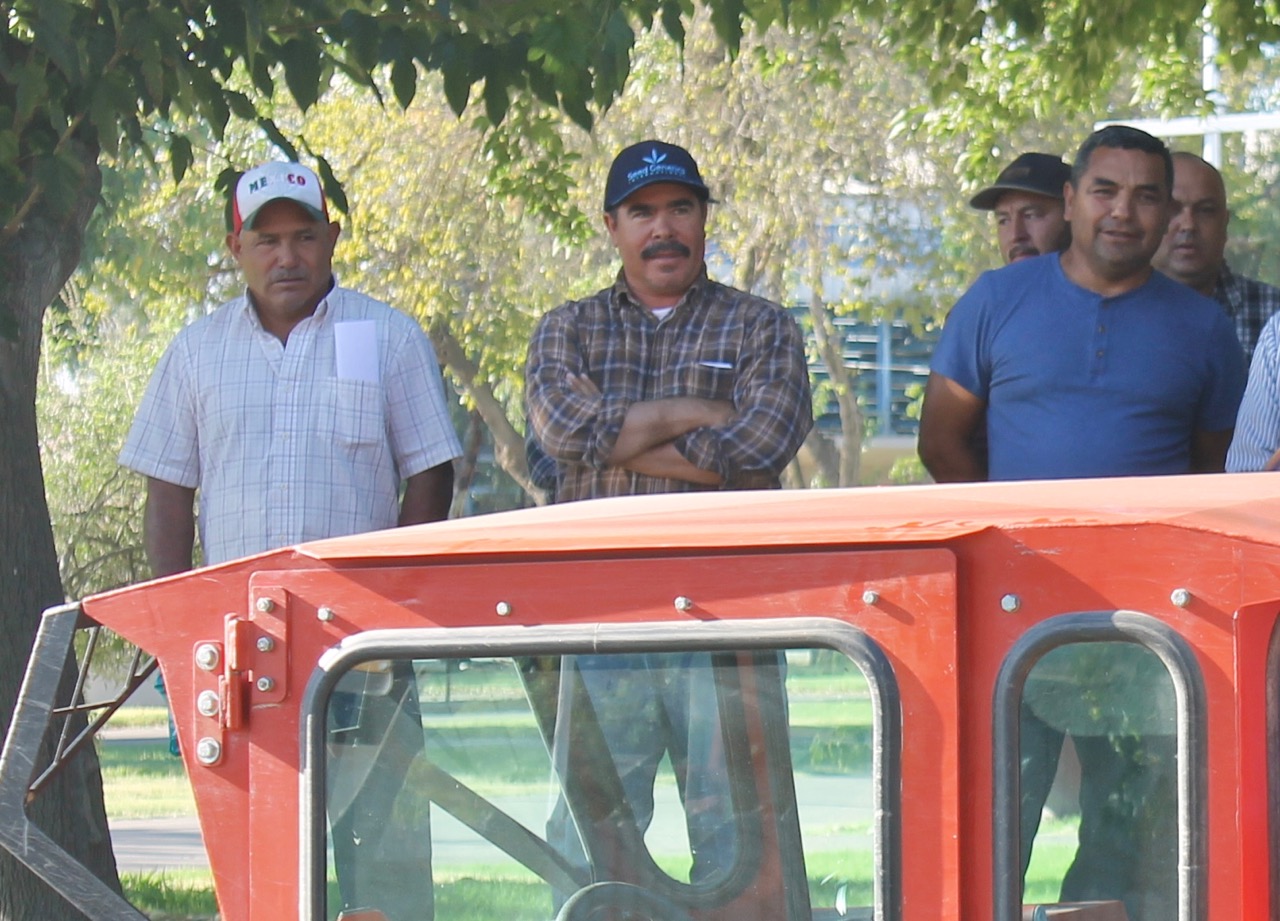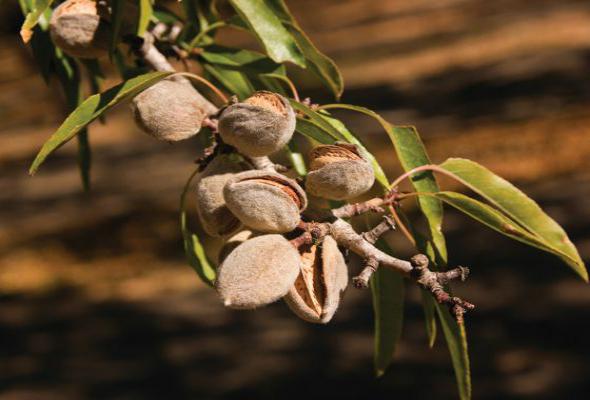UC Ag Experts Talk About Upcoming Webinars
May 31, 2023 (3:00 to 4:00 pm) – Flatheaded Borer Concerns in California Walnuts
In this webinar, Dr. Jhalendra Rijal, UCCE Area IPM Advisor in Merced and San Joaquin Counties, will discuss flatheaded borer and how it is an old pest but has become a new problem in California walnuts. This presentation will cover various aspects of flatheaded borer IPM management including the behavior and biology of the borer, adult emergence timing, monitoring tools, and cultural and insecticidal control methods.
1.0 CEU (other) from DPR, 1.0 CEU (IPM) from CCA, and 1.0 CEU Certified Arborists, 0.5 CEU Board Certified Arborists from WC-ISA are approved.
May 30, 2023 (1:00 to 3:00 pm) – Science for Citrus Health: Research Update on Asian Citrus Psyllid Development
The Science for Citrus Health Webinar will focus on recent research on the survival and development of Asian citrus psyllid under California conditions and research from the University of Florida on biological control of Asian citrus psyllid.
2.0 CEU (other) from DPR and 2.0 CEU (IPM) from CCA are approved.
June 5 to 9, 2023 (12:00 to 1:00 pm each day) – Invasive Species Action Week Lunchtime Talks
Invasive species are arriving in California with increasing frequency. The best time to stop them is before they arrive, and federal, state, and local agencies are keeping their eyes out for new arrivals and threats on the horizon. When they do arrive, Early Detection and Rapid Response are critical to their management. Many detections are made by individuals not associated with any agency or university, and through community/participatory science programs, almost anyone can help to spot the next invasive.
Webinars are free, but registration is required for each day. Visit the California Invasive Species Action Week Lunchtime Talks website for more information and registration.
There are NO CEUs offered for these webinars. Please contact Randall Oliver (rdoliver@ucanr.edu) with any questions.
- Monday, June 5 – Rapid Response and Eradication of Caulerpa in California: Lessons Learned by Rachel Woodfield
- Tuesday, June 6 – Participatory Science as a Tool to Monitor Invasive Tree Pests by Dr. Beatriz Nobua-Behmann
- Wednesday, June 7 – Proactive Biological Control of Invasive Pests by Dr. Ricky Lara
- Thursday, June 8 – Early Detection and Rapid Response for Invasive Plants in California by Dr. Chris McDonald
- Friday, June 9 – Rapid Spread of Invasive Aquatic Plants in the Changing San Francisco Bay-Delta Estuary by Dr. Brenda Grewell






























